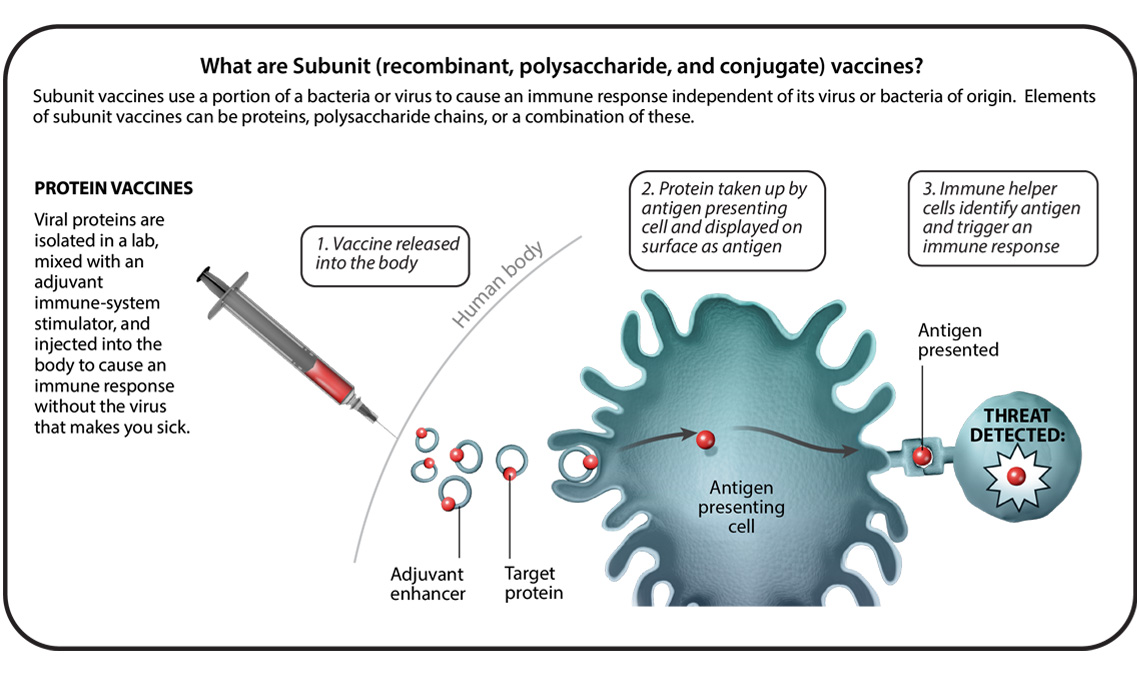I ran out and got the new RSV vaccine yesterday (from Pfizer, marketed as ‘Abrysvo’). It does feel like my system is reacting to it, more so than was the case for the flu shot or the latest COVID vaccine.
Respiratory syncytial virus (RSV) is spread through contact with contaminated surfaces (and from what I understand, not by airborne transmission).
RSV causes mild cold symptoms in most people, but if the virus ends up flourishing in the lungs, it can lead to hospitalization and even death in older people and babies.
Researchers have been trying for decades to create effective RSV vaccines.
One turning point came with the investigation of an RSV protein called ‘RSV prefusion (RSV preF)’ that turned out to provide potent stimulation of the immune system.
Abrysvo contains proteins from the surfaces of two strains of the RSV virus. When a person is given the vaccine, the immune system treats the viral proteins as ‘foreign’ entities and makes defenses against them. If, later on, the vaccinated person comes into contact with the virus, the immune system will recognize the viral proteins and be prepared to attack it.

This mechanism is one of SIX major categorizations of vaccines. Ready?
1. Live-attenuated vaccines (such as for measles/mumps/rubella, chicken pox).
2. Inactivated vaccines (for polio, flu).
3. Subunit vaccines (shingles, hepatitus B, and now RSV).
4. Toxoid vaccines (such as for tetanus, diphteria).
5. Viral vector vaccines (such as the Ebola vaccine, some COVID vaccines).
6. Messenger RNA (mRNA) vaccines (used for Pfizer’s COVID vaccine).
